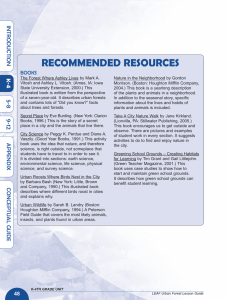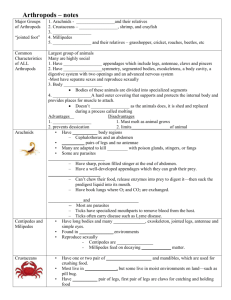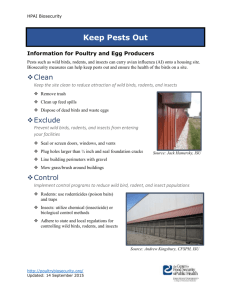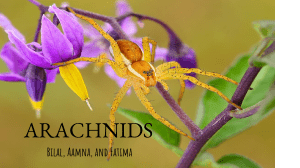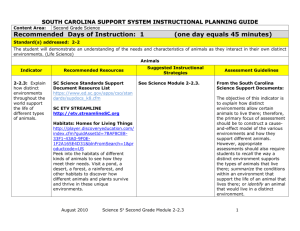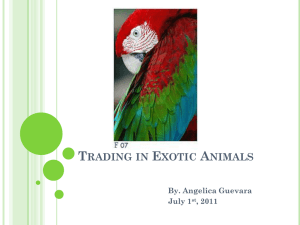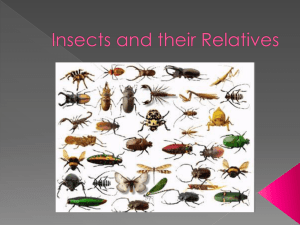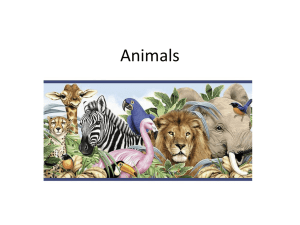South America
advertisement
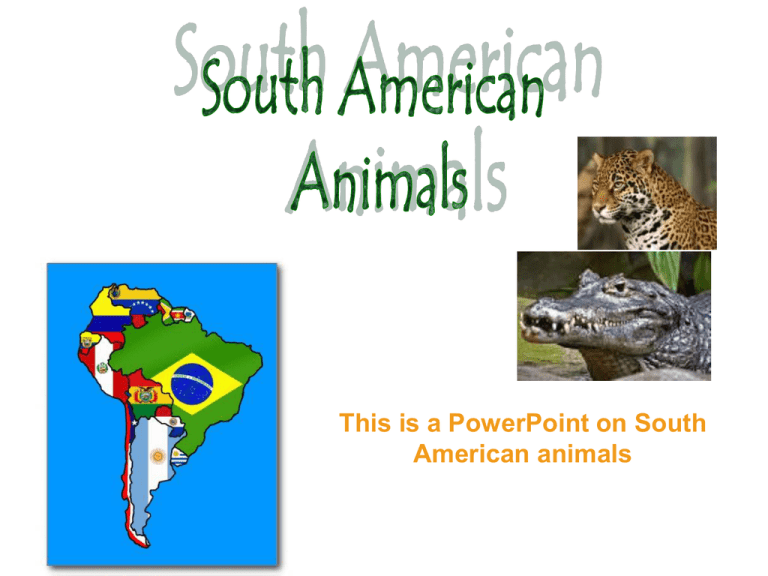
This is a PowerPoint on South American animals We will be able to identify = •The local habitats of the animals in our PowerPoint •The relationship between the plants and animals in the habitat of South America •The main stages in the life cycle of some living animals in South America •The weather in the local area compared to other habitats •The reason why some animals move from one place to another •Why some animals act differently in different seasons •Some of the ways that people treat the environment in that area Reptiles are very common in South America. What makes an animal a reptile is that they are a cold-blooded animal that lays eggs. All arachnids have 8 legs. All arachnids start off with six legs and then they grow two more at the front. There are lots of big cats and most off them are endangered. Most cats are tagged and this could save their species. Monkeys are very acrobatic and are related to humans. Monkeys favourite food are bananas. There are different types of monkeys some are small and some are big. Insects have multiple legs and some of them can fly like butterflies and bees. Ants can carry many times their own body weight. Insects mostly eat plants and the earth plays a vital part in keeping insects alive by giving them a home. Capybaras only mate in water. Capybaras look a bit like beavers. They are also very good swimmers. Capybara is also a rodent but can be as large as a pig. There are a lot of birds in South America including the peccary and the blue and yellow maccaws. The habitats for some birds are trees and grasslands. Some birds from other continents come to South America because it is warmer and there is more food. Some people destroy birds eggs for fun. PowerPoint by P.J, Anthony & Jack

